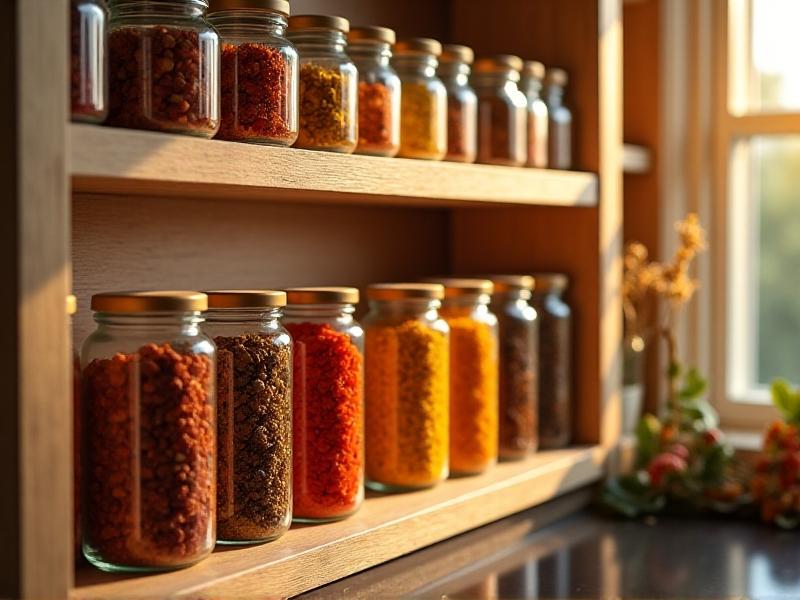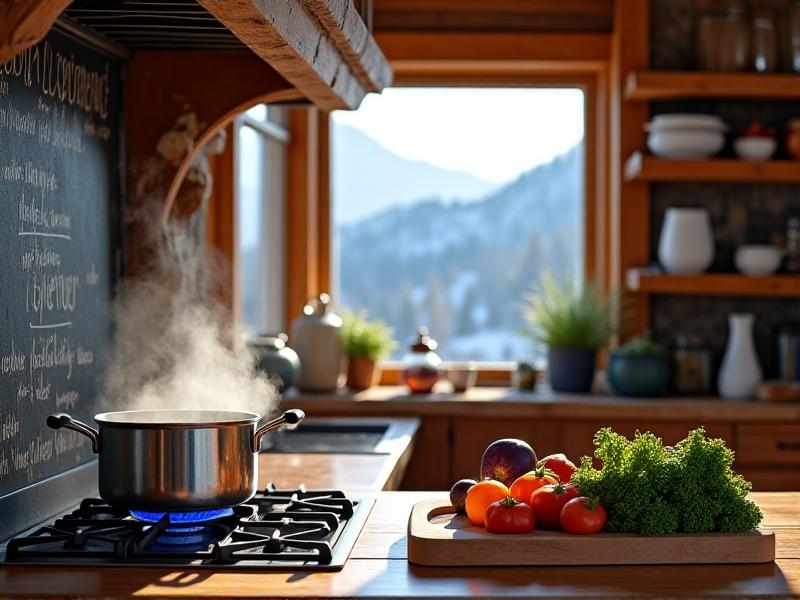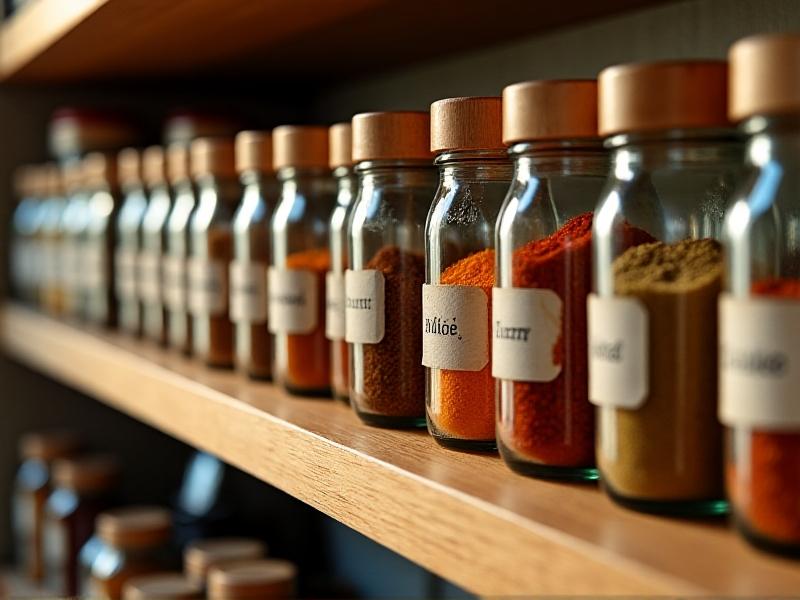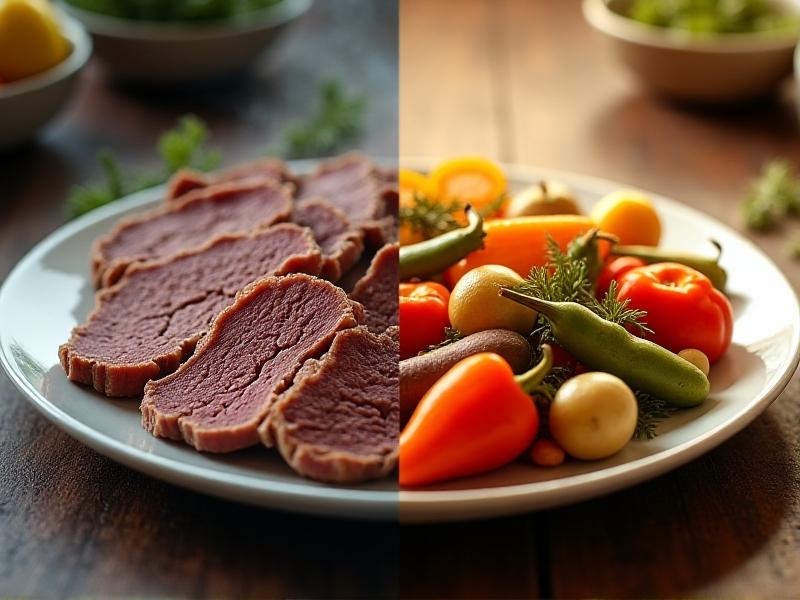Butane vs Propane Stove Efficiency Guide
Understanding Butane and Propane: Key Differences in Fuel Properties
When comparing butane and propane stoves, the fundamental distinction lies in their chemical properties. Butane (C₄H₁₀) and propane (C₃H₈) are both hydrocarbon gases, but their molecular structures impact performance. Propane has a lower boiling point (-44°F/-42°C) compared to butane’s 32°F/0°C, making propane more reliable in cold climates. This difference affects how each fuel vaporizes and burns, influencing stove efficiency in varied environments. Butane’s higher energy density (21,500 BTU per pound) vs. propane’s 21,600 BTU per pound means they deliver nearly equivalent heat, but their real-world efficiency depends on usage conditions.

Energy Efficiency: BTU Output and Burn Time Analysis
BTU (British Thermal Unit) ratings measure heat output, but efficiency isn’t just about raw power. Propane’s ability to vaporize at lower temperatures ensures consistent BTU delivery in cold weather, whereas butane stoves may struggle below freezing. In mild conditions, both fuels perform similarly—a 8 oz butane canister lasts roughly 2 hours on high, matching a 16 oz propane tank’s 1.5-hour burn. However, propane’s versatility in extreme temperatures often gives it an edge for year-round use. For campers prioritizing packability, butane’s compact canisters are lighter but trade off cold-weather reliability.
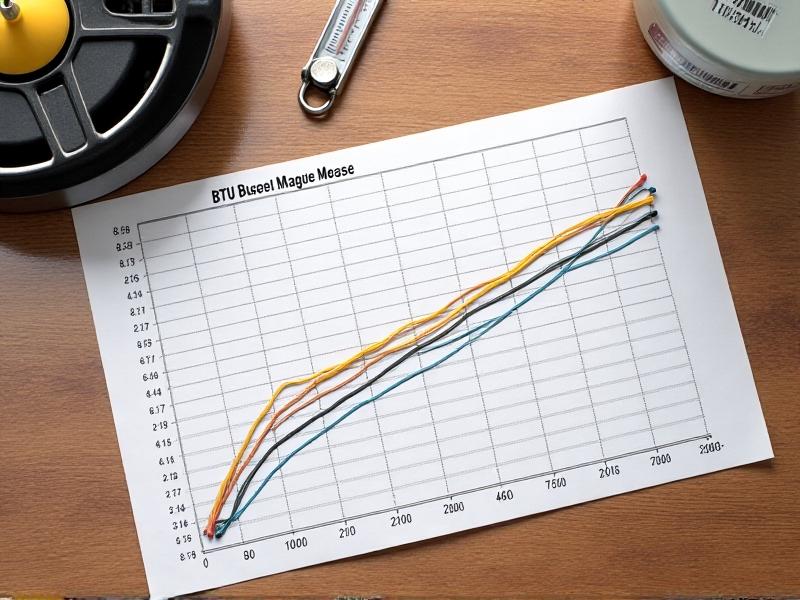
Temperature Performance: Which Fuel Excels in Cold Climates?
Propane’s superior cold-weather performance stems from its low vaporization point. In freezing conditions, butane canisters may fail to gasify, leading to weak flames or combustion failure. Propane stoves, especially those paired with refillable tanks, maintain pressure even in sub-zero temperatures. Winter campers often use propane blended with isobutane for enhanced cold tolerance, but pure propane remains the gold standard. For indoor or summer use, butane’s quieter burn and compact design make it a favorite, but its limitations in frosty environments are a critical drawback.
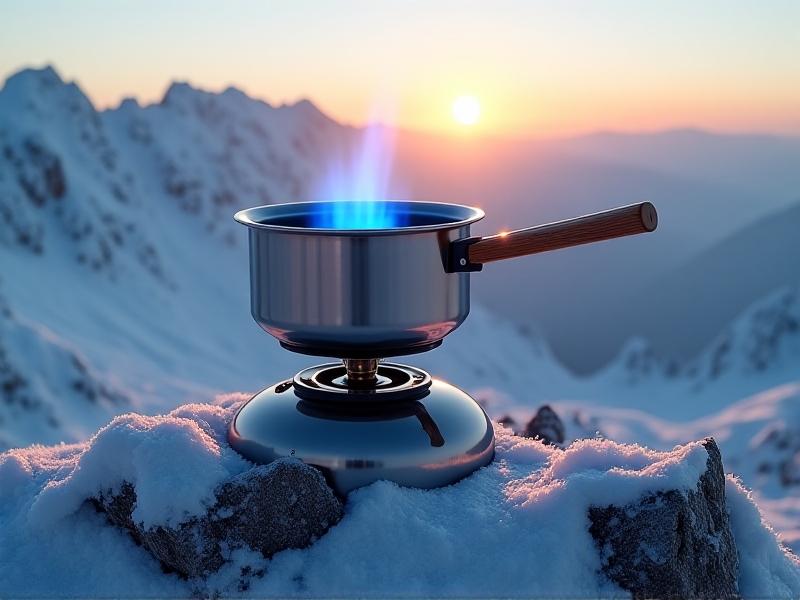
Fuel Availability and Storage: Practical Considerations
Propane’s widespread availability in hardware stores, gas stations, and camping outlets makes it accessible globally. Standard 1-pound disposable tanks are ubiquitous, while larger refillable cylinders suit extended trips. Butane canisters are common in camping stores but less so in rural areas. Storage safety is crucial: propane requires ventilated areas due to its heavier-than-air vapor, while butane’s lighter gas dissipates faster. Both fuels should be kept away from heat sources, but propane’s robust containers are less prone to leakage compared to butane’s lighter, screw-top canisters.
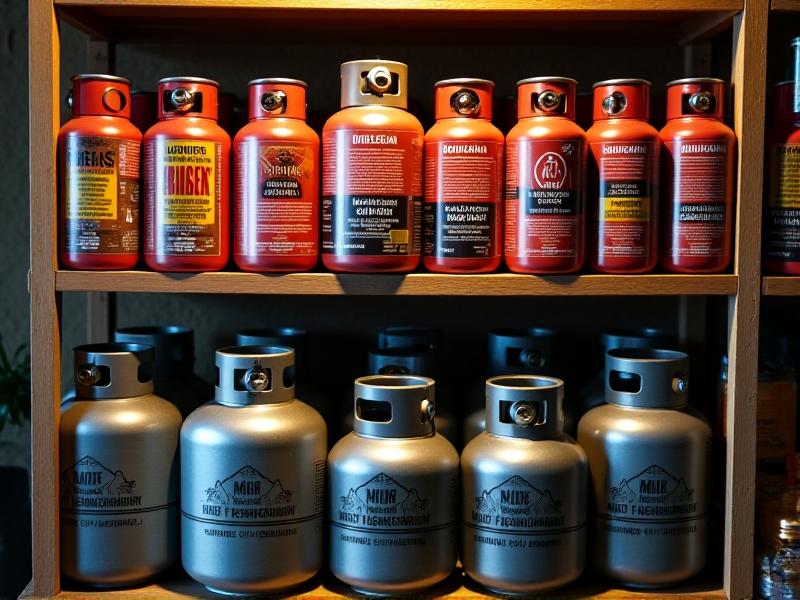
Cost Comparison: Long-Term Expenses of Butane vs. Propane
Propane is generally cheaper per BTU—$5 for a 16 oz tank vs. $6 for 8 oz of butane. Refillable propane tanks (e.g., 5-pound cylinders) reduce long-term costs, while butane’s disposable canisters add up over time. Backpackers might prefer butane for short trips due to lighter weight, but extended expeditions favor propane’s affordability. Bulk propane purchases (e.g., 20-pound tanks) cut costs further, ideal for RV users or base camps. However, butane’s precise flame control can reduce fuel waste, narrowing the cost gap in specific use cases.
Environmental Impact: Emissions and Sustainability Factors
Both fuels emit CO₂ when burned, but propane burns cleaner with fewer particulates. Propane’s production involves less methane leakage than butane’s refining process, per EPA studies. However, butane canisters are often non-recyclable, contributing to landfill waste, while refillable propane tanks support circular use. Innovations in bio-propane (made from renewable sources) and biodegradable butane canisters are emerging, though not yet mainstream. For eco-conscious users, propane’s lower carbon footprint and recyclability give it a sustainability edge.
Choosing the Right Stove for Your Needs: Use Case Scenarios
For car camping or home backup, propane’s cold-weather reliability and cost efficiency shine. Backpackers in mild climates might prefer butane’s lighter canisters, while mountaineers need propane’s cold tolerance. Chefs value butane’s precise simmer control for gourmet cooking, whereas survivalists prioritize propane’s versatility. Consider a dual-fuel stove (accepts both gases) for maximum flexibility. Always match your fuel choice to climate, trip duration, and weight priorities—the ‘best’ stove depends on where and how you cook.
